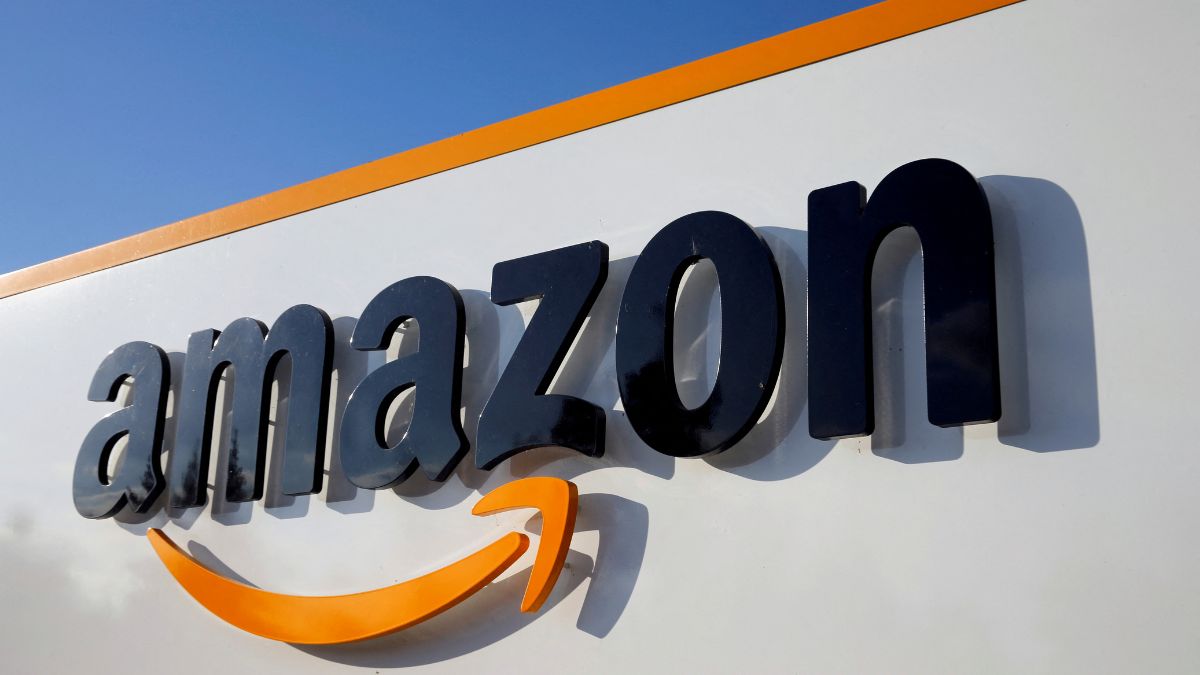With the launch of Project Kuiper, Amazon is preparing to foray into the growing broadband satellite service industry in India, poised to trigger competition with Musk’s Starlink, Jio SpaceFiber, and Eutelsat OneWeb (Airtel-backed). The corporation has also submitted a request for regulatory permission under the Global Mobile Personal Communication by Satellite (GMPCS) project with the Indian Department of Telecommunications (DoT), indicating their willingness to deploy satellite internet services within the country.
Amazon’s Push Into Satellite Internet in India
The long-awaited Kuiper project aims to deploy more than 3200 low-level orbiting satellites to provide high-speed broadband to underserved and remote areas. The goal is to target regions where setting up traditional broadband infrastructure is either impossible or uneconomical.
Key Developments at a Glance
Feature
Details
Project Name
Project Kuiper
Satellites Planned
3,200+ LEO satellites
Current Satellites Launched
27 operational Kuiper satellites
Application Status
Filed for GMPCS license and Letter of Intent (LoI)
Planned Gateway Locations
10 earth stations across India
Major Presence Points
Mumbai and Chennai
Competitors in India
Starlink (SpaceX), Jio SpaceFiber, Eutelsat OneWeb (Airtel)
Regulatory Milestones and Strategic Moves
-
Amazon has submitted a new application for a Letter of Intent, which comes after the previous one filed two years ago in an attempt to achieve full regulatory clearance.
-
To facilitate low-latency, streamlined data communication, ten gateway earth stations are proposed to be set up across India.
-
Presence points are being built in Mumbai and Chennai for Kuiper operations as regional branch offices.
Competitive Landscape: Starlink and Others
The satellite broadband market in India is quickly heating up:
-
Starlink, backed by Elon Musk’s SpaceX, recently received a Letter of Intent from the Indian government.
-
Starlink has a strong global presence with over 7,000 active satellites and service available in 120+ countries.
-
Starlink has already formed partnerships with Reliance Jio and Airtel, two of India’s largest telecom providers.
-
Eutelsat OneWeb, backed by Airtel and Jio’s SpaceFiber, also aim to dominate this emerging market.
Why India Is a Key Market for Satellite Internet
India’s geographical region and dense population necessitate a different form of internet infrastructure, particularly in the country’s sparse and rural regions where installing fibre-optic cables is exorbitantly expensive. Satellite internet has the potential to:
-
Close the digital divide in hard-to-reach areas
-
Provide reliable internet access during natural disasters or outages
-
Support India’s ambitions for Digital India and smart rural development
Final Thoughts
Broadband services for underserved consumers in the given region will be greatly altered as Amazon’s Project Kuiper enters the Indian market. Although some obstacles with regulations still need to be addressed, the competition has already heated up, with Starlink, Jio, and Airtel all vying for a position. As satellite internet technology continues to evolve, new consumers in India will gain access to high-speed and low-latency internet even in the most remote regions.
